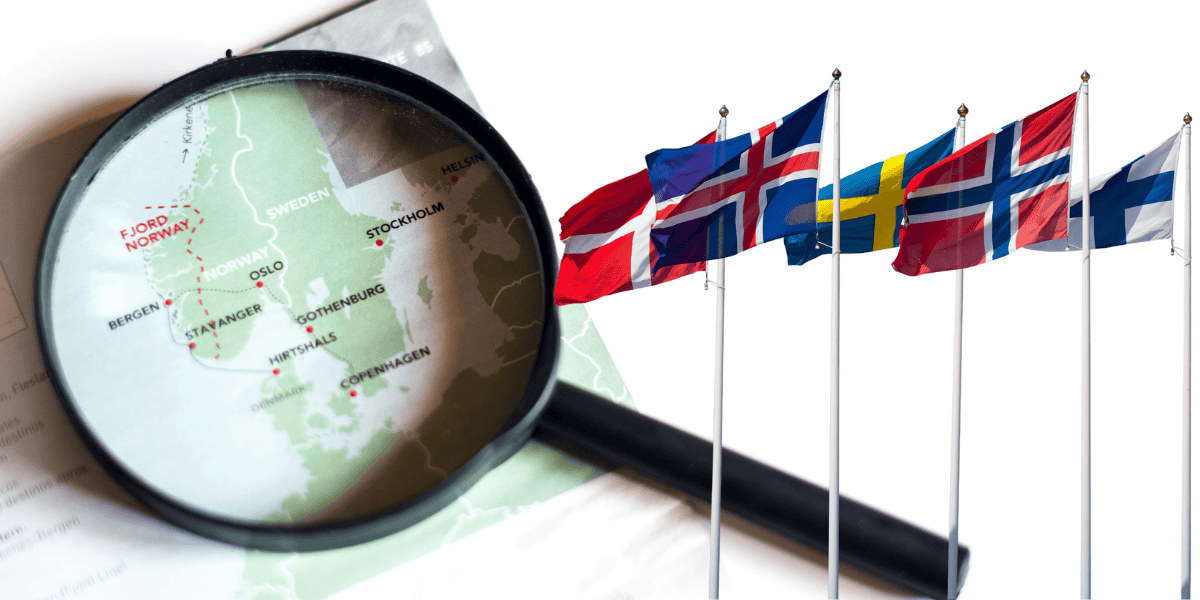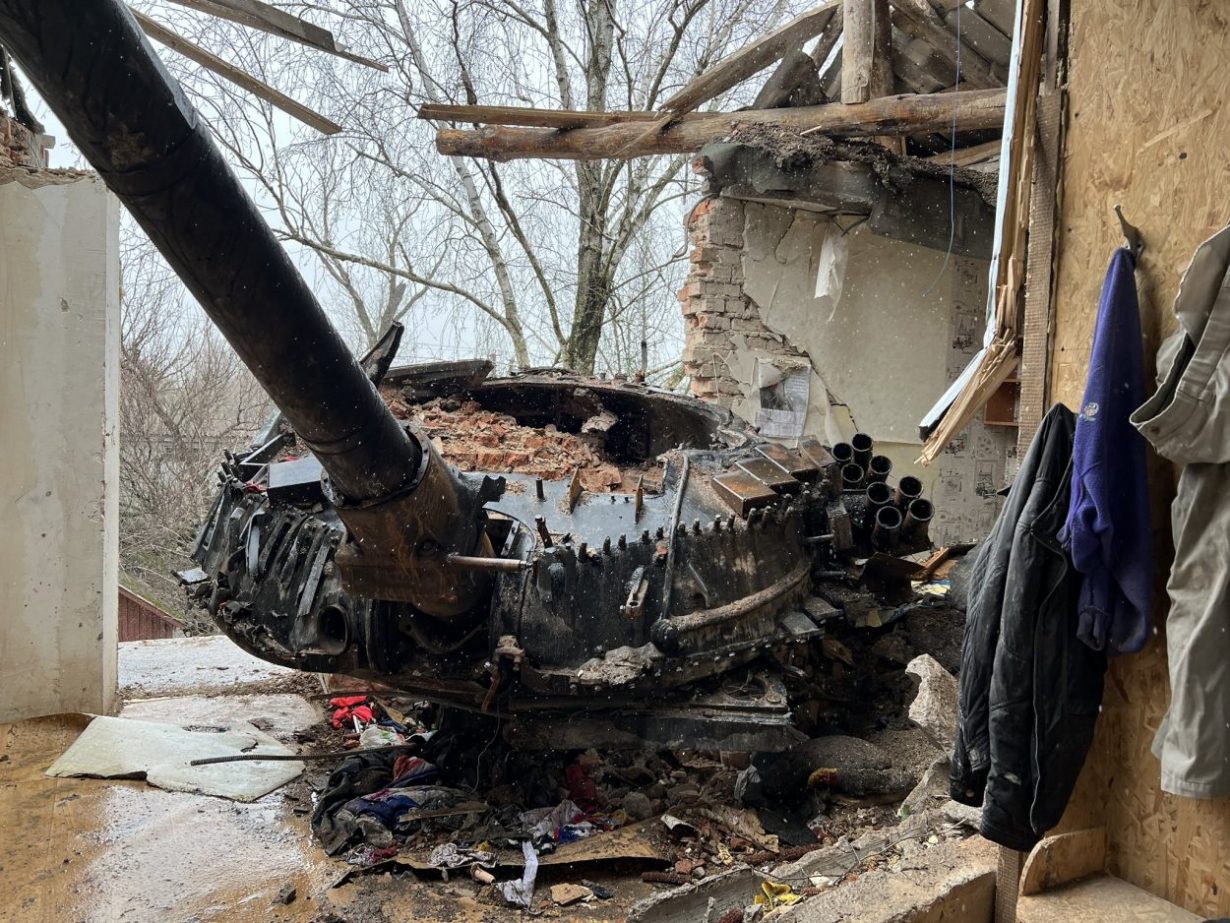In a major development amid the ongoing Russia-Ukraine conflict, Norway has committed to adopting the “Danish model” to support Ukraine, which involves direct financing of Kyiv’s military production to meet war needs.
During a recent visit to Oslo, Ukraine’s Defense Minister Rustem Umerov signed agreements with Norwegian Prime Minister Jonas Gahr Støre and Defense Minister Bjørn Arild Gram.
“Norway’s adoption of the ‘Danish model’ will accelerate the production and delivery of essential arms for Ukrainian forces,” Umerov shared on Facebook.
He also discussed a new “Norwegian model” for investing directly in Ukrainian defense technology companies. Further details will be announced soon.
What Is The “Danish Model”?
The “Danish model” offers Ukraine an innovative and cost-effective method for producing modern weaponry.
Denmark became the first foreign partner to directly fund Ukrainian defense enterprises, enabling Ukraine to reduce dependence on international aid while addressing shortages in arms production.

The initiative has already delivered tangible results, such as the “Bohdana” self-propelled artillery systems (SPGs), which were manufactured in collaboration with the Danish government.
“This approach is about more than producing weapons—it’s about defense independence and investment in the economy,” according to Dmytro Klimenkov, Ukraine’s Deputy Minister of Defense.
“We have our own capacities, and they’re sharing technologies with us. Localizing defense production in Ukraine will not only reduce our reliance on foreign supplies but also enable us to respond more flexibly to front-line needs, quickly adapting weapon production to combat requirements,” he added.
Nordic Solidarity With Ukraine
Norway joins Nordic nations—Denmark, Finland, Iceland, and Sweden—in backing the “Danish model” to strengthen Ukraine’s defense capabilities, with a focus on long-range weaponry.
Deputy Head of the Office of the President Ihor Zhovkva highlighted the collaboration, stating, “The Danish model was supported by each of the other Nordic countries, so five countries will work according to the Danish model to finance the production of long-range weapons in Ukraine. As of today, we are talking about US$423.5 million EU funds plus US$185.3 million Danish funds, and already at this summit, the countries have expressed their national contributions”.
On October 28, Sweden unveiled a €63 million (US$66.6 million) aid package, including €20 million (US$21.15 million) to boost Ukraine’s industrial base under the Danish initiative, supporting domestic arms production.
Since the beginning of Russia’s invasion, Norway has been a steadfast ally of Ukraine, providing substantial humanitarian, military, and financial aid. Norway has condemned Russia’s aggression, implemented sanctions, and actively contributed to international efforts to support Ukraine’s resistance.
In late October, Norway announced a €500 million (US$528.6 million) package featuring F-16 fighter jets and NASAMS air defense systems, reinforcing its unwavering support for Ukraine’s resistance.
Norway’s Strategic Calculus
Norway, NATO’s northernmost member, shares a 195.7 km (121.6 miles) land and maritime border with Russia. During the Cold War, it was the only NATO country to share a border with the Soviet Union.
This strategic location places Norway at a pivotal crossroads between the West and Russia, especially given its proximity to the Arctic. The Norway–Russia border was formally defined in 1826, and while the countries’ diplomatic ties have fluctuated over time, their shared geography continues to define their relationship.

Despite its small population of 5 million, Norway controls a vast maritime domain—territorial waters and exclusive economic zones nearly the size of the Mediterranean. Furthermore, Norway exercises sovereignty over the Svalbard archipelago deep in the Arctic. These territories are central to Norway’s Arctic identity, a region of growing geopolitical and economic importance.
In 2010, Norway and Russia resolved a long-standing maritime border dispute with a treaty that came into force in July 2011. The agreement created a system allowing residents within 30 km of the border to live and work in each other’s territories.
The two nations maintain diplomatic ties with Russian embassies in Oslo, Barentsburg, and Kirkenes and Norwegian embassies in Moscow, Murmansk, and Saint Petersburg.
Deterioration Of Russia-Norway Relations
Norway’s defense policy in the Far North has balanced two key priorities. On one hand, it has maintained robust defense capabilities in close cooperation with NATO.
Conversely, to avoid escalation with Moscow, Norway has pursued bilateral cooperation with Russia, particularly in the Arctic and economic spheres. This dual approach, a mix of strategic defense readiness and economic collaboration, has been a hallmark of Norway’s foreign policy.
Both countries share the Barents Sea, which is rich in natural resources, particularly oil and gas. The region contains about two-thirds of Norway’s remaining oil and gas reserves.
Despite this, Norway remains on Russia’s ‘Unfriendly Countries List.’ Since Russia’s invasion of Ukraine in February 2022, Norway has been enforcing EU-recommended sanctions against both Russia and Belarus.
Arctic Tensions: The Svalbard Factor
A Norwegian-administered Arctic archipelago, Svalbard has become a focal point of Russia-Norway tensions.
While Svalbard is under Norwegian jurisdiction, economic and military activities on the archipelago have traditionally been restrained to avoid “irritating Russia.”
In the summer of 2022, Norway joined EU sanctions against Russia, restricting the supply of goods to Barentsburg through its northern territories. The move sparked outrage in Moscow, leading to a media campaign questioning the legitimacy of the 2010 Barents Sea delimitation treaty and Svalbard’s status under Norwegian sovereignty.
Under the 1920 Spitsbergen Treaty, Russia has the right to pursue economic activities in Svalbard. Norway interprets this as limited to the islands and their territorial waters, whereas Russia extends the claim to 200 nautical miles from the coastline around Svalbard.
While the treaty demilitarized the region, Norway argues that its provisions do not preclude the presence of Norwegian soldiers or military aircraft landings.
Following recent Russian suspicious activities near Svalbard, Norway has grown increasingly concerned about a potential Russian occupation of the strategic archipelago.
As a NATO member, Norway views Svalbard as a critical defense point. However, its strategic location also makes it a potential hotspot for Russian provocations against the alliance.
War Preparedness In The Nordics
On November 18, in response to heightened tensions with Russia, Nordic nations also focused on domestic preparedness. Norway has distributed survival guides to 2.2 million households, urging citizens to be self-sufficient for at least a week in emergencies such as war or extreme weather.
Sweden and Finland are rolling out similar initiatives to strengthen civilian resilience amid growing regional threats.
These measures reflect a recalibrated security outlook among Nordic states following Russia’s 2022 invasion of Ukraine—the largest conflict in Europe since World War II, which has reshaped perceptions of risk in the region.
Norway’s Evolving Role In Ukraine Conflict
While Norway and Russia have shared a complex, sometimes cooperative, relationship over the years, recent developments—particularly Russia’s actions in Ukraine—have shifted this dynamic. The ongoing conflict in Ukraine has forced Norway to reassess its relationship with Russia, particularly regarding security and energy dynamics.
Norway’s support for Ukraine represents a strategic recalibration of its relationship with Russia, prioritizing collective security and defensive capabilities in an increasingly volatile geopolitical environment.
- Shubhangi Palve is a defense and aerospace journalist. Before joining the EurAsian Times, she worked for ET Prime. In this capacity, she focused on covering defense strategies and the defense sector from a financial perspective. She offers over 15 years of extensive experience in the media industry, spanning print, electronic, and online domains.
- Contact the author at shubhapalve (at) gmail.com




